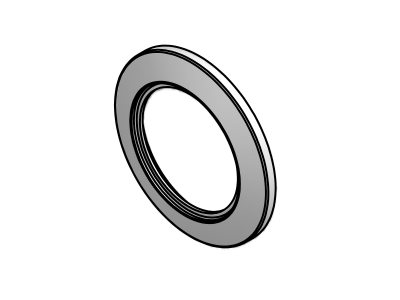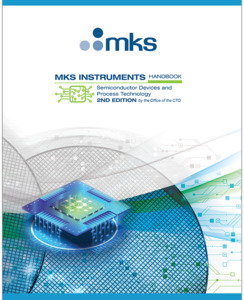Diode Physics
Devices made of a simple P-N junction are solid state diodes (commonly referred to as a P-N Junction Diode). The characteristic response of a solid state diode to an external electrical potential or to an energy source such as light forms the basis for devices such as bipolar junction transistors, solar cells, LEDs, lasers and photodiodes. As discussed above and shown in Figure 1, an isolated P-N junction (i.e., not connected within a powered circuit) is in a state of equilibrium, with carrier generation, recombination carrier, diffusion, and drift all balanced in the presence of the electric field across the depletion region. If one were to connect the P and N terminals of the diode shown in Figure 1, zero voltage would be observed across the diode and there would be no current flow. However, when an external potential is applied to the diode terminals, the unique properties of the P-N junction result in one-directional current flow, the unique characteristic of a diode. Figure 2 shows a schematic of a silicon diode under conditions of “zero,” “forward” and “reverse” bias. In the zero bias state Figure 2(a), there is no current flow, as described above.
In the forward bias state Figure 2(b), the positive terminal of a power supply (i.e., a battery) is connected to the p-type material of the diode and the negative terminal of the battery to the n-type material (Figure 2). Under these conditions, the electric field due to the external voltage is oriented in the opposite direction of the electric field due to the depletion region (see Figure 1). When it is connected to a power supply in this manner, no current will flow through the diode until the external voltage exceeds the value of the built-in potential in the depletion region, i.e., 0.7 V in the case of a silicon P-N junction. Additionally, under forward bias conditions, the opposing E-field of the external voltage shrinks the depletion region of the P-N junction, making it much thinner; this has the effect of producing a very low resistance path through the P-N junction that will allow very large currents to flow through the diode with relatively small increases in voltage. This effect can be seen in the voltage/current curve for forward bias conditions that is shown in Figure 2. The effective limits to current flow through the P-N junction diode are so high that resistors are normally required in series with the diode in order to limit the current to values low enough to prevent thermal damage to the diode.
In the reverse bias state Figure 2(c), the positive terminal of a power supply is connected to the n-type material of the P-N junction diode while the negative terminal is connected to the p-type material. Under reverse bias, the positive voltage applied to the n-type material attracts the free electrons towards the positive terminal and the negative voltage applied to the p-type material attracts holes. This has the effect of widening the depletion region, producing a high resistance to current flow in the diode. The resistance produced in this manner is high enough that essentially no current can flow through the device (with the exception of a small leakage current — see the curve in Figure 2(c)). This state exists under reverse bias conditions until the bias voltage becomes high enough to cause the diode’s P-N junction to overheat and fail, producing a short in the electrical circuit.
Related Topics
Semiconductor Physics
Basic Device Structures
For additional insights into semiconductor topics like this, download our free MKS Instruments Handbook: Semiconductor Devices & Process Technology
Request a Handbook

 Ultra-High Velocity
Ultra-High Velocity